 Abraham Lincoln
If given the truth, the people can be depended upon to meet any national crisis...
Abraham Lincoln
If given the truth, the people can be depended upon to meet any national crisis...
 Guildford news...
for Guildford people, brought to you by Guildford reporters - Guildford's own news service
Guildford news...
for Guildford people, brought to you by Guildford reporters - Guildford's own news service
Birdwatcher’s Diary No.129
Published on: 20 Feb, 2017
Updated on: 20 Feb, 2017
By Malcolm Fincham
A mixed bag of weather conditions attempted to spoil my hopes of staying up to date with my photography as we moved into February. Firstly, an Atlantic depression brought mild but wet conditions to the UK.
Taking a bit of a ‘back seat view’, so to speak, I decided to take some time out from the elements and sheltered in a hide – watching the birds come to me for a change. In spite of not being quite so comfortable, I reminded myself of the household chores, I had escaped.
This was during a visit to Warnham Nature Reserve, West Sussex, with its conveniently located hides, several of which look out on to a mill pond. They had good protective covering for me and my my camera on a wet and miserable day.
Although not often coming up with anything outstanding at Warnham, a variety of ducks and geese can be viewed out on the water. I’ve always found it a pleasant place to visit, especially on a rainy day, with just a short distance to hop from one hide to another. And with the added bonus of a tearoom it is, I feel, well worth the £1.50 entry fee.
For me, the woodpecker hide, where the feeders are regularly kept topped up with seed at this time of year, is always the most productive, for a charming variety of garden species.
Most ‘professional’ wildlife photographers prefer to show pictures of critters in their natural environment, and many a tip can be found on the internet to get such shots. However, I felt justified to take my pictures (mostly) of the birds that had come to the feeding stations, showing some of the delights that can be viewed.
These included good close-up views of a nuthatch.
A bird once restricted largely to south-eastern England, the 20th century witnessed a spread to the north, with breeding in Scotland first confirmed in 1989. One of the reasons for the expansion seems to be the nuthatch’s increasing use of bird feeders.
A great spotted woodpecker. They have also become increasingly regular visitors to bird-feeding stations.
Numerous great tits.
And blue tits.
As well as a few coal tits.
The highlight of the day had to be a water rail, appearing from the undergrowth on many occasions, scurrying around, feeding on titbits of seed that it could find.
A few reed buntings also joined in, looking for seed.
The brief mild spell turned back to a cold easterly as we entered the first week of February. Unlike the previous cold spell, this time the sky remained ‘leaden grey’, with little sign of sunshine.
Flocks, in excess of 30 siskins could be heard in the tops of alders, feeding on their cones. Photographing them wasn’t easy in the poor daylight.
Several song thrushes had begun to sing their delightful tunes.
Not cold enough to freeze the ground, redwings took advantage of the soft soil to seek earthworms to feed on.
Also on my ‘travels’ around the Surrey countryside I caught sight of a green woodpecker taking advantage of the soft ground. Having the opportunity of watching it feeding not too far away in a field, I was able to take some photos even though the light was poor.
I even got a few pictures of its incredibly long tongue as it probed the ground, looking for food.
The tongue is three to five times as long as its beak and is sensitive enough to feel the softness of a larval insect, yet stiff and sharp enough to pierce it, yet sticky with reverse barbs to keep the grub on the tongue as it retracts.
Despite the continuing inclement weather, bird life remained active in gardens with feeding stations in the more rural locations of Guildford too. I saw a variety of birds feeding locally, and unlike at Warnham Nature Reserve, in better light too.
Long-tailed tits arriving in small flocks to the feeders on occasions.
As at Warnham, blue tits.
And a nuthatch was a regular visitor.
A special treat for me was seeing a marsh tit.
These birds especially favour areas of dense established woodland for both feeding and breeding. Although a declining species, they are well known to visit garden feeders in rural areas during winter months.
On my recent travels around the Surrey countryside I have noted birds are now started to become more vocal. I caught the high-pitched sound of a firecrest. I got a few photos of it in flight, adding it to my ‘year’ list.
A grey wagtail sat on the wooden railing of a bridge.
While a kingfisher attempted to hide, unsuccessfully, from my view.
Two little egrets could be seen, still wintering on edge of a quiet lake.
Bullfinches could be heard calling, and one male even came down from high in a canopy of trees to refresh its vocal cords with a sip of water.
The sun even poked through on a few occasions, helping to add some brighter colours to my photos. Magpies could be seen carrying nesting material.
While jays continued to look for the nuts they had buried last autumn.
Other delights on show during the last few weeks included:
A peregrine perched high in a tree.
A fox basking in some warm sunlight.
And a common buzzard perched on a fence post.
As the weather began to warm into ‘double figures’ for the first time this year, by the middle of the month several could be seen displaying overhead.
As well as continued sightings of the occasional red kite.
I was taken by surprise to catch a glimpse of a peacock butterfly as it fluttered past me, without settling, on a rare sunny day on February 7.
And I was delighted to get my first photo this year of a red admiral butterfly on February 13, that had been tempted out of hibernation by some (reasonably) warm sunshine.
An early taste of spring perhaps?
Responses to Birdwatcher’s Diary No.129
Leave a Comment Cancel replyPlease see our comments policy. All comments are moderated and may take time to appear.
Recent Articles
- Guildford Institute’s Crowdfunding Project for Accessible Toilet in its New Community and Wellbeing Centre
- Letter: Guildford – Another Opportunity Missed?
- Letter: GBC’s Corporate Strategy – Where Is the Ambition?
- My Memories of John Mayall at a Ground-breaking Gig in Guildford Nearly Six Decades Ago
- Westborough HMO Plans ‘Losing the Heart of the Street’ Says Resident
- College Invests to Boost Surrey’s Economy and Close Digital Skills Gap
- Community Lottery Brings Big Wins for Local Charities
- GBC Housing Plan Promises ‘A Vibrant Urban Neighbourhood’ Near Town Centre
- Hospital Pillows ‘Shortage’ at the Royal Surrey
- Updated: Caravans Set Up Camp at Ash Manor School


Recent Comments
- Ian Macpherson on Updated: Main Guildford to Godalming Road Closed Until August 1
- Sara Tokunaga on GBC Housing Plan Promises ‘A Vibrant Urban Neighbourhood’ Near Town Centre
- Michael Courtnage on Daily Mail Online Reports Guildford Has Highest-paid Council Officer
- Alan Judge on GBC Housing Plan Promises ‘A Vibrant Urban Neighbourhood’ Near Town Centre
- John Perkins on GBC Housing Plan Promises ‘A Vibrant Urban Neighbourhood’ Near Town Centre
- S Collins on GBC Housing Plan Promises ‘A Vibrant Urban Neighbourhood’ Near Town Centre
Search in Site
Media Gallery
Dragon Interview: Local Artist Leaves Her Mark At One of England’s Most Historic Buildings
January 21, 2023 / No Comment / Read MoreDragon Interview: Lib Dem Planning Chair: ‘Current Policy Doesn’t Work for Local People’
January 19, 2023 / No Comment / Read MoreA3 Tunnel in Guildford ‘Necessary’ for New Homes, Says Guildford’s MP
January 10, 2023 / No Comment / Read More‘Madness’ for London Road Scheme to Go Ahead Against ‘Huge Opposition’, Says SCC Leader
January 6, 2023 / No Comment / Read MoreCouncillor’s Son Starts Campaign for More Consultation on North Street Plan
December 30, 2022 / No Comment / Read MoreCounty Council Climbs Down Over London Road Works – Further ‘Engagement’ Period Announced
December 14, 2022 / No Comment / Read MoreDragon Interview: GBC Reaction to the Government’s Expected Decision to Relax Housing Targets
December 7, 2022 / No Comment / Read MoreHow Can Our Town Centre Businesses Recover? Watch the Shop Front Debate
May 18, 2020 / No Comment / Read More



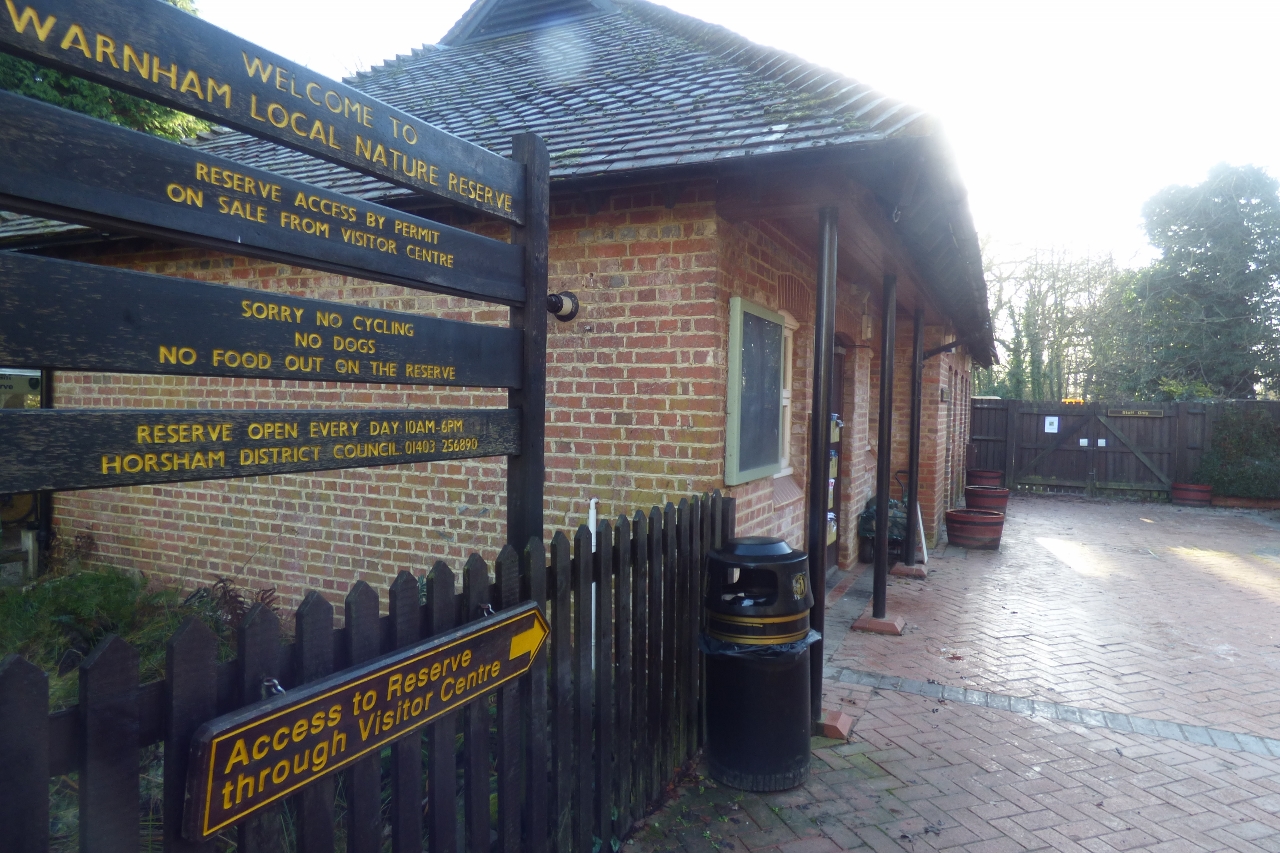

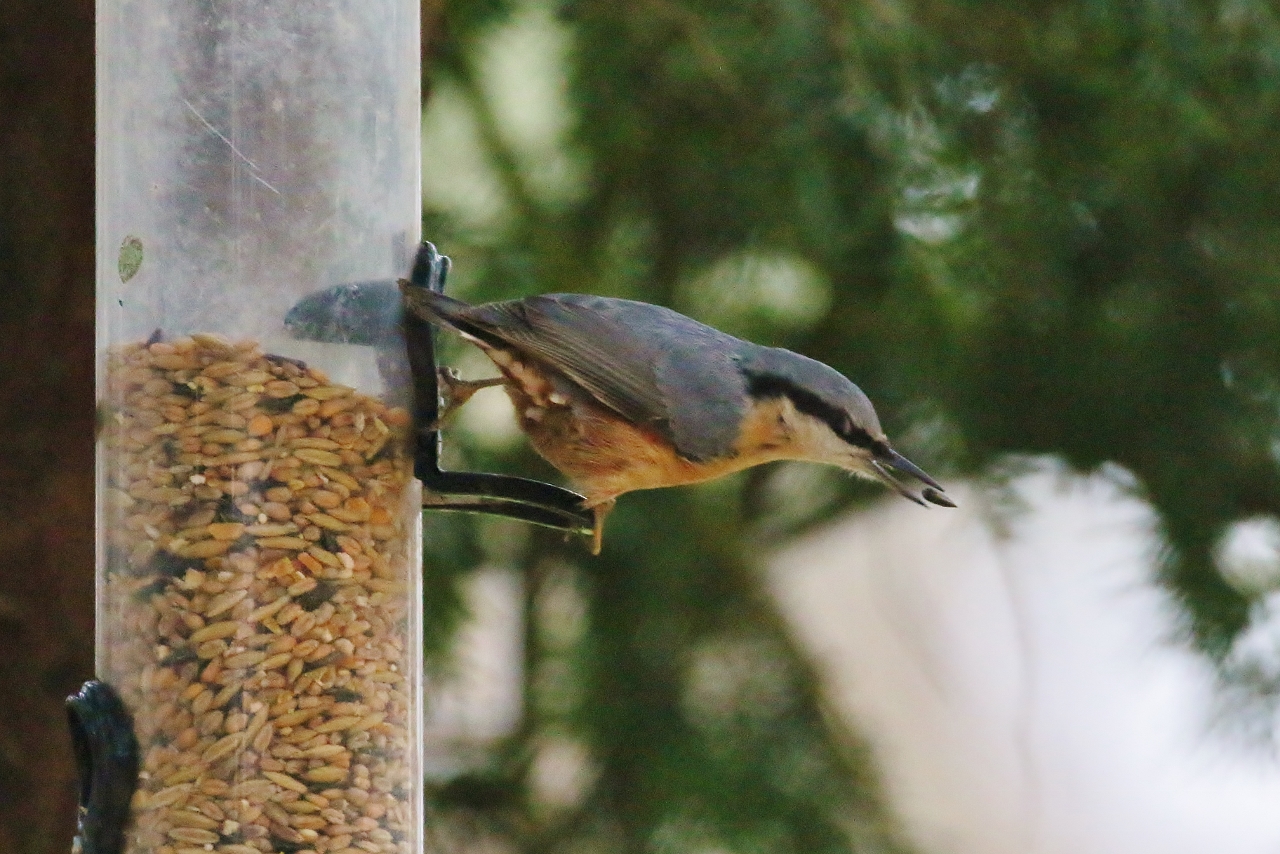
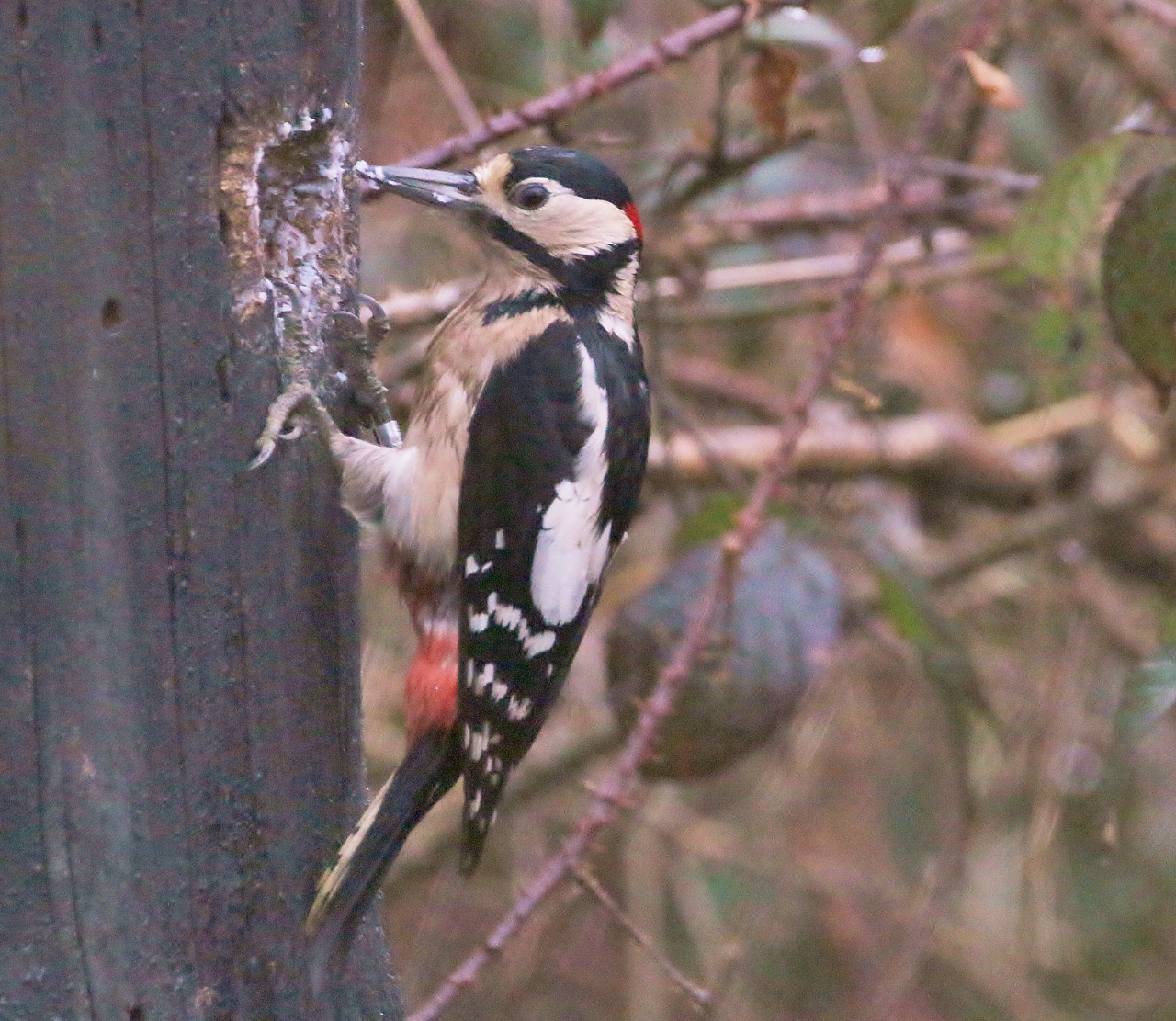
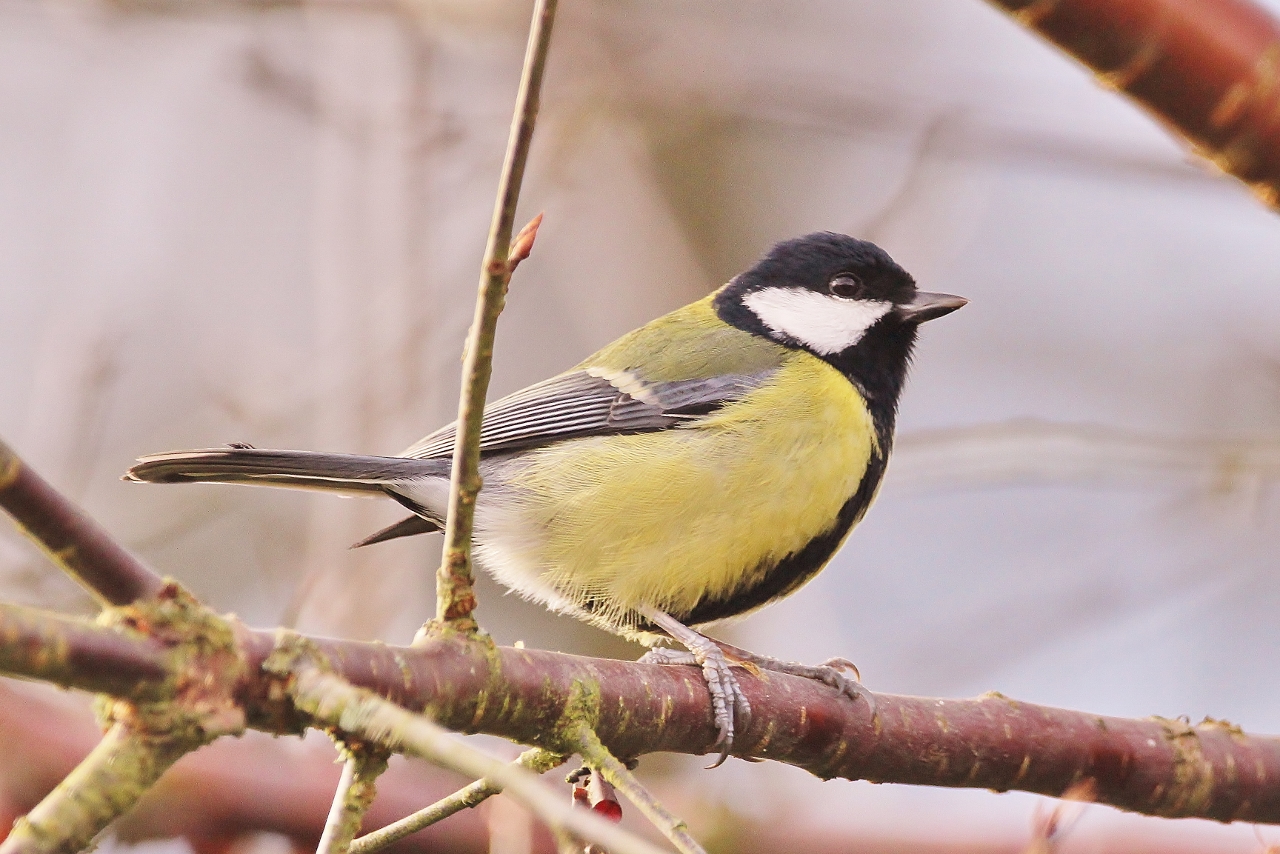

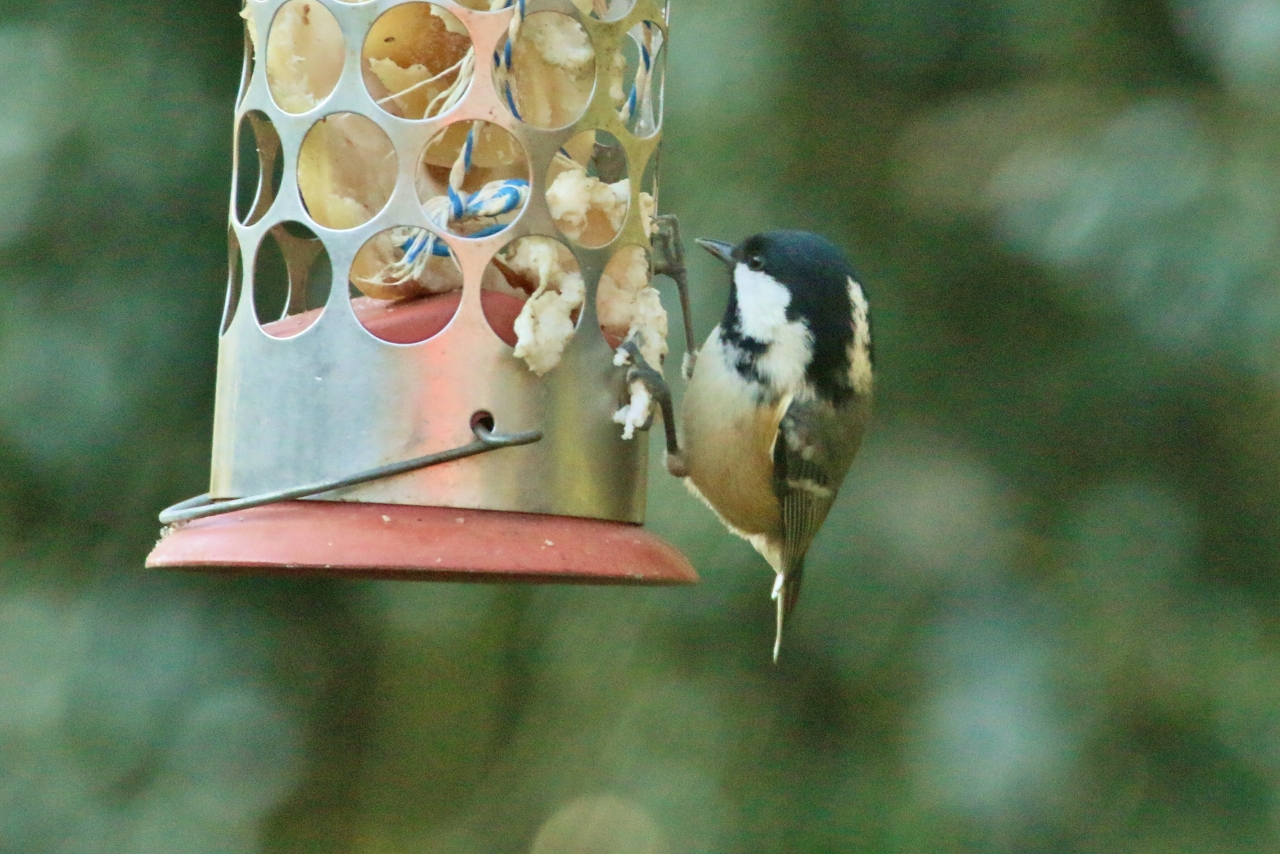
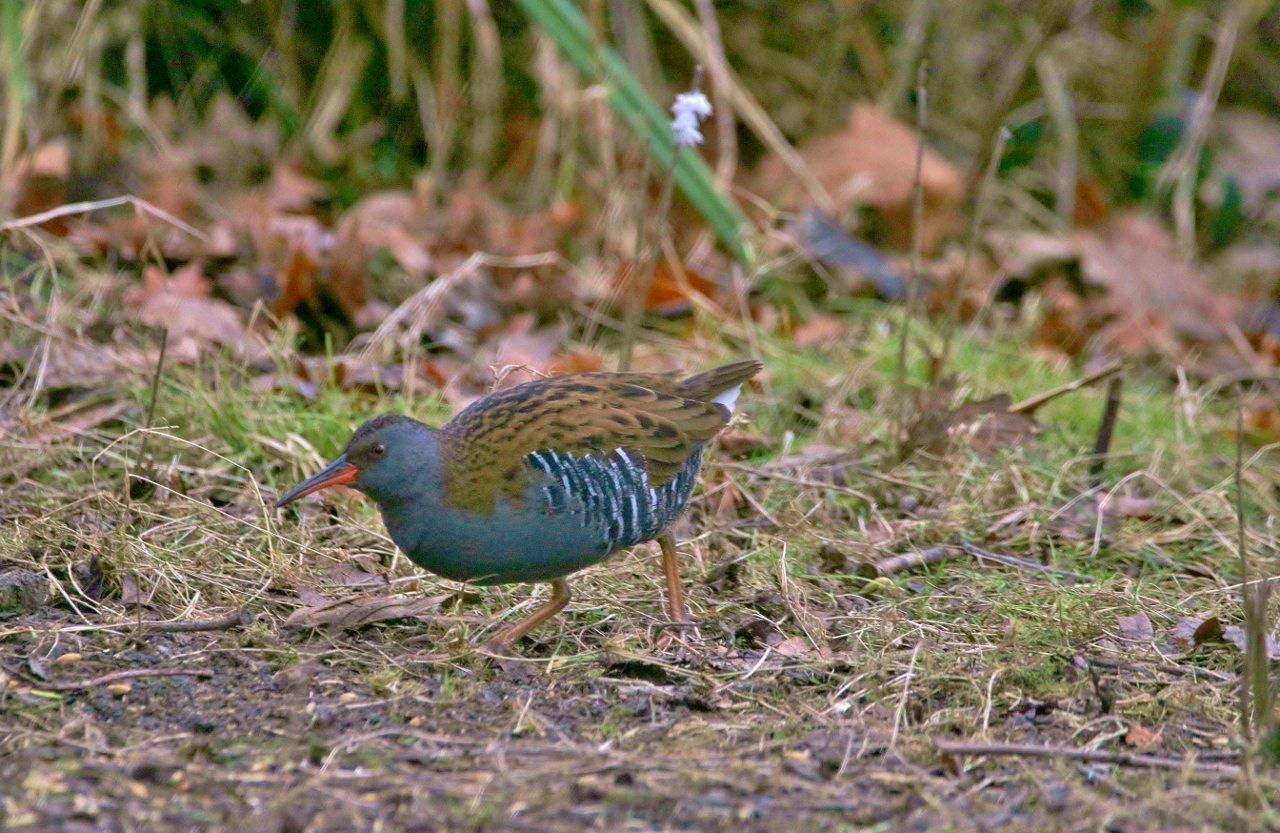



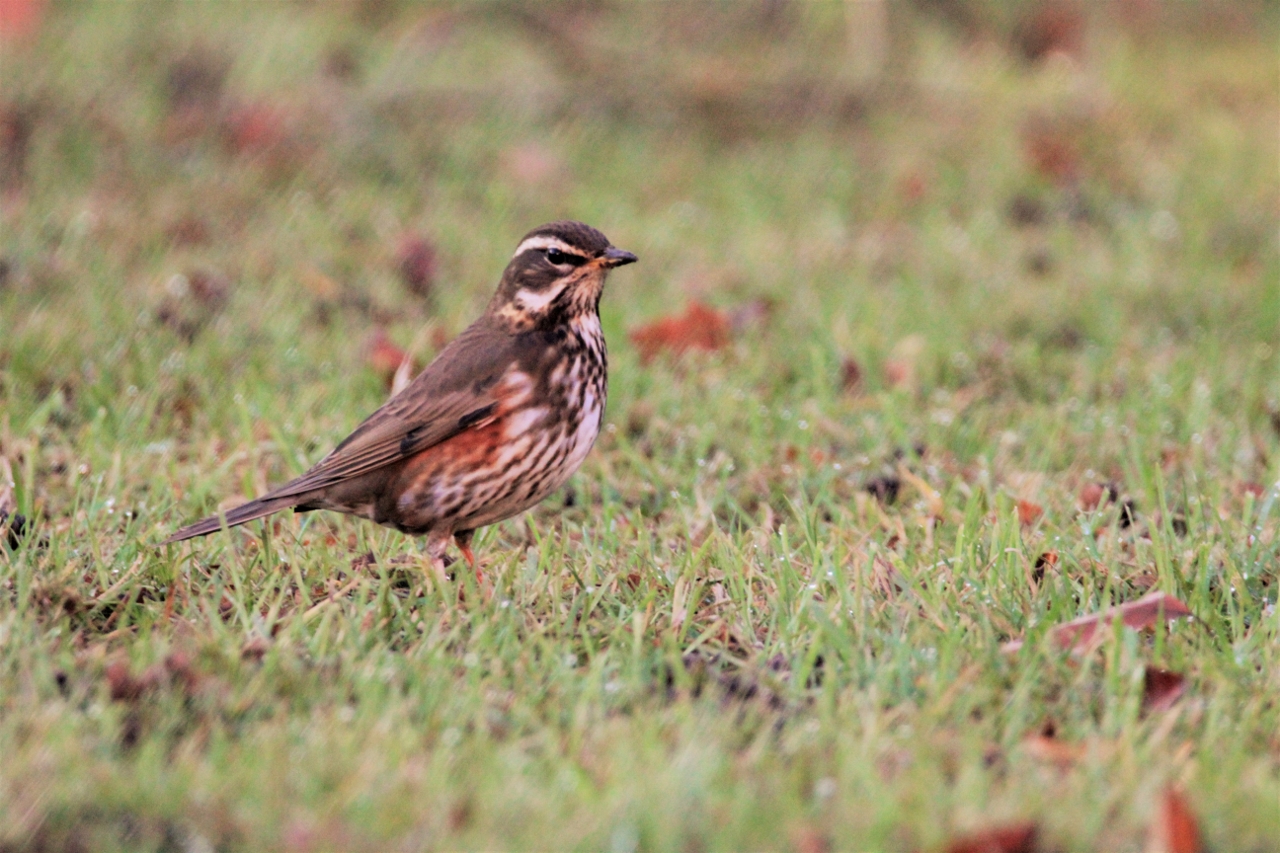
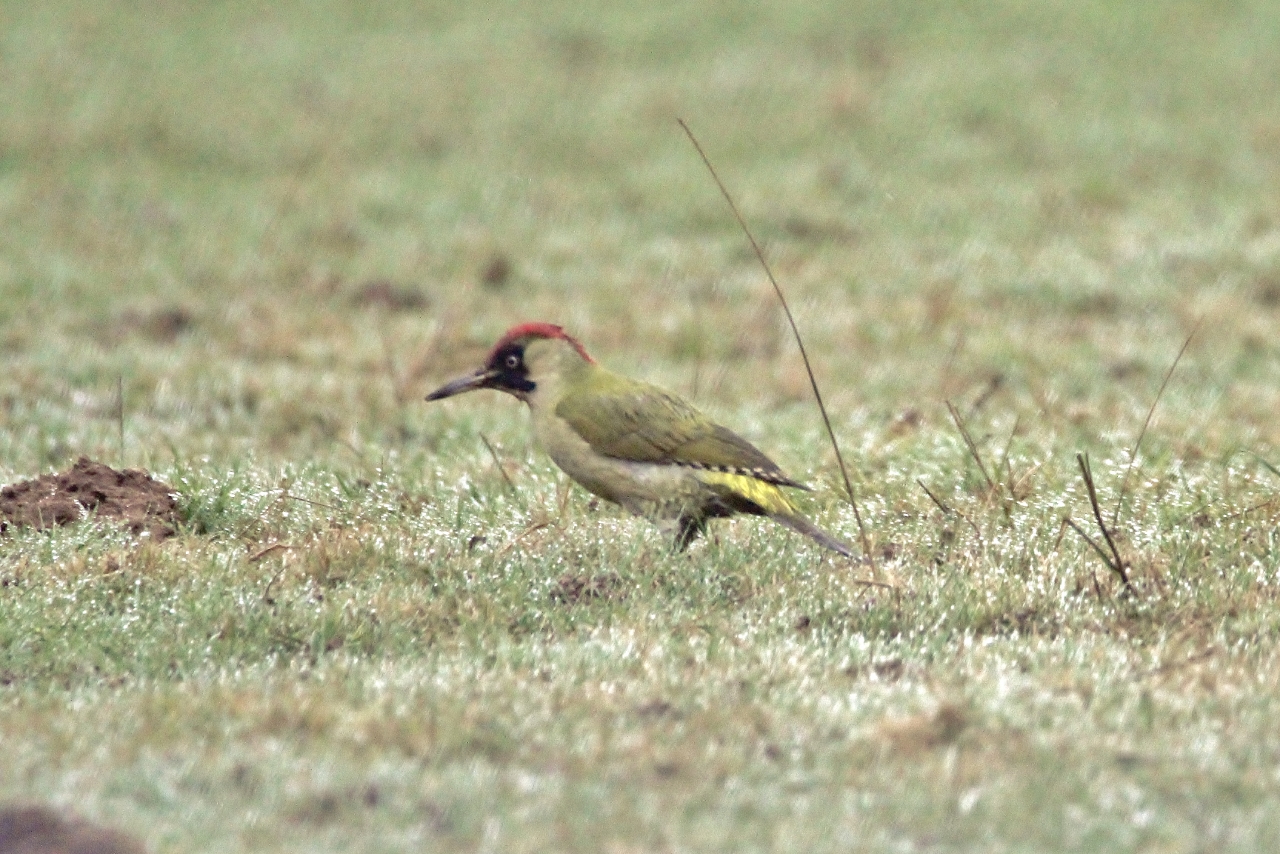
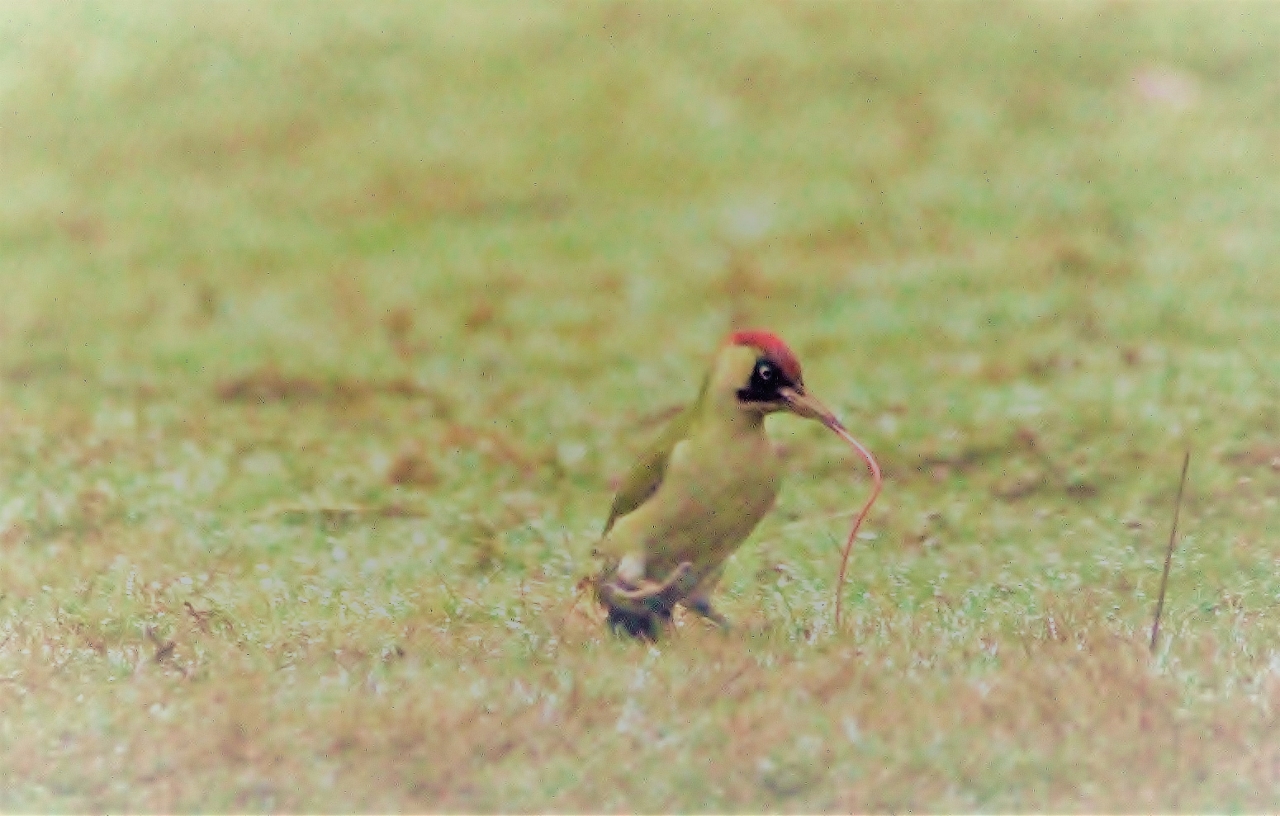

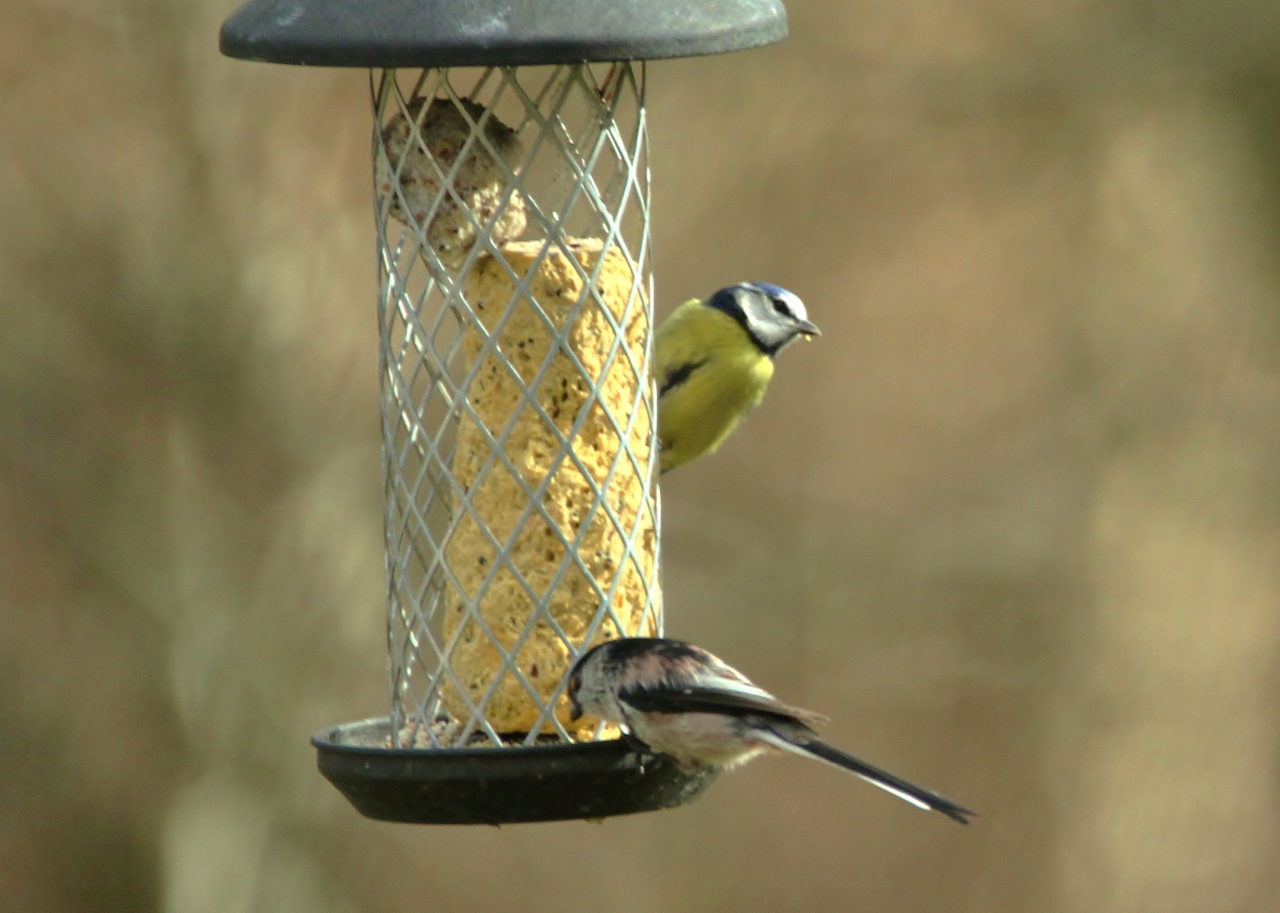

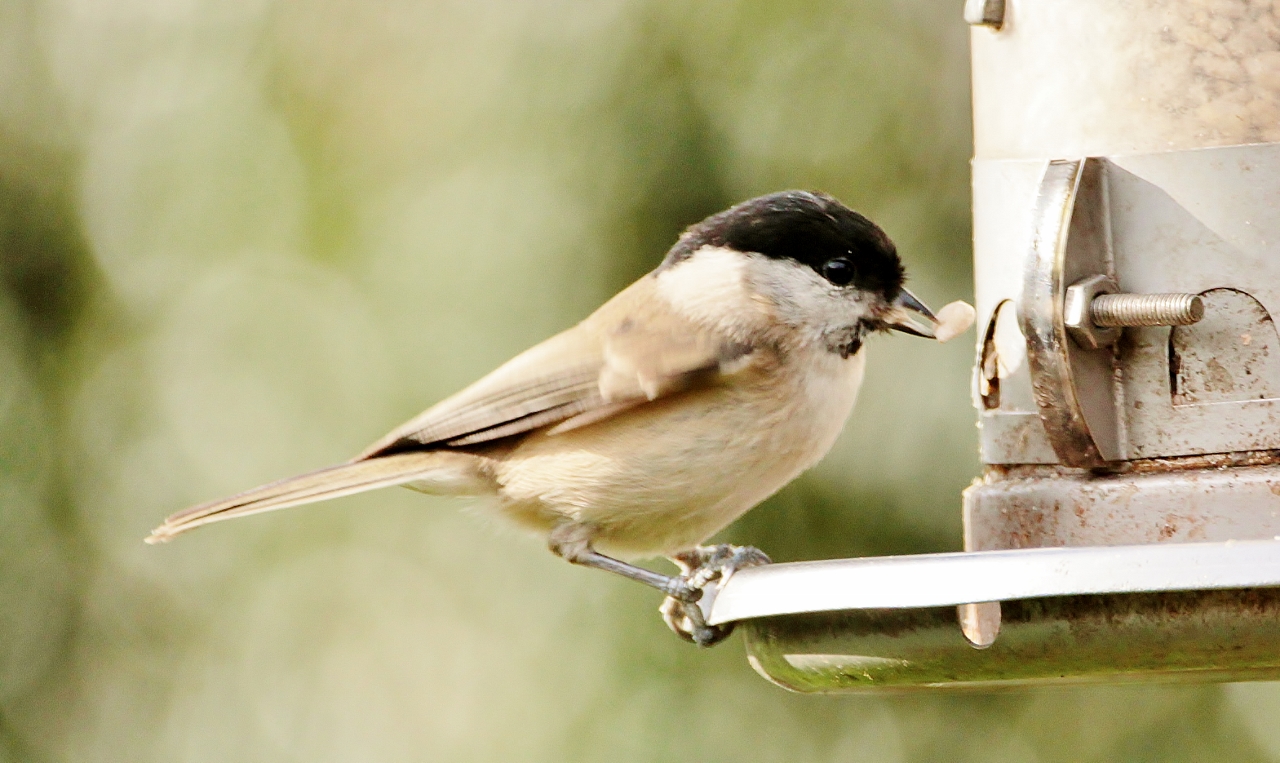
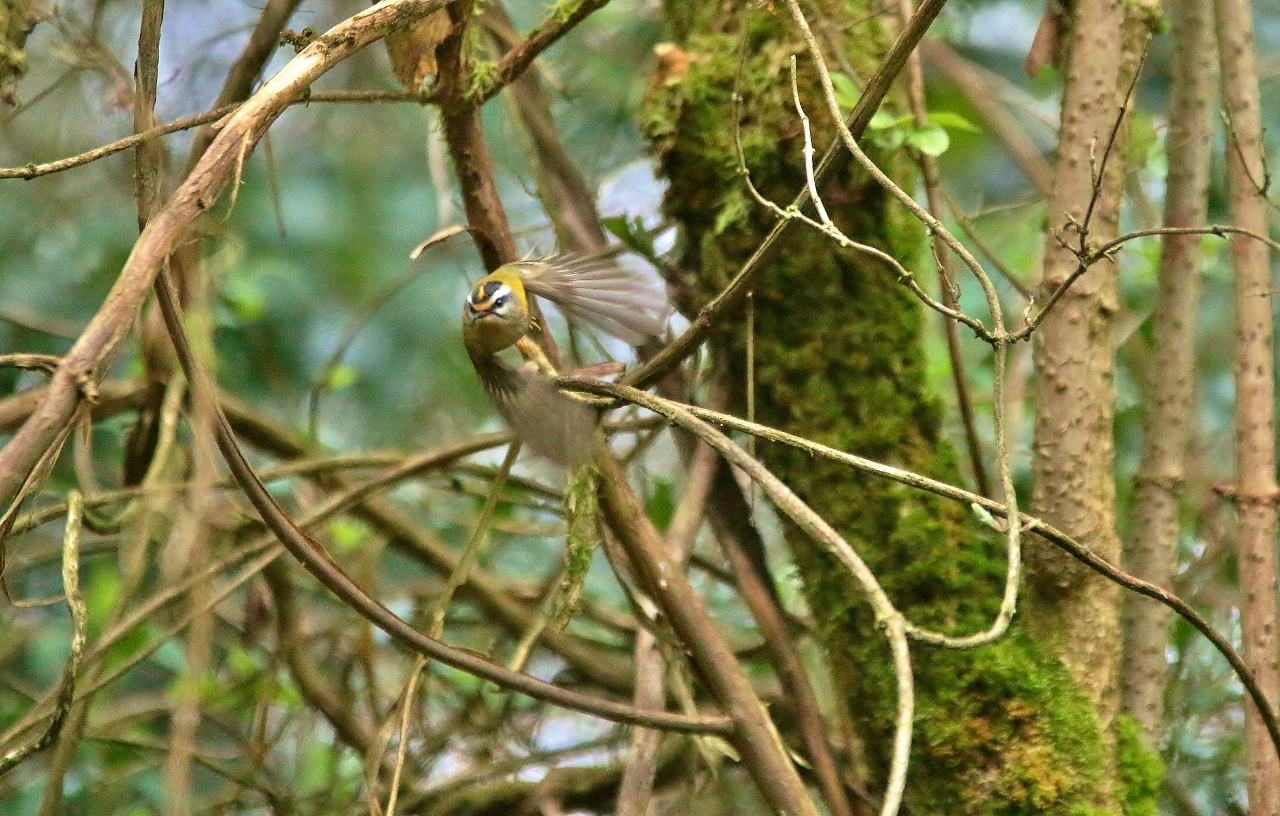
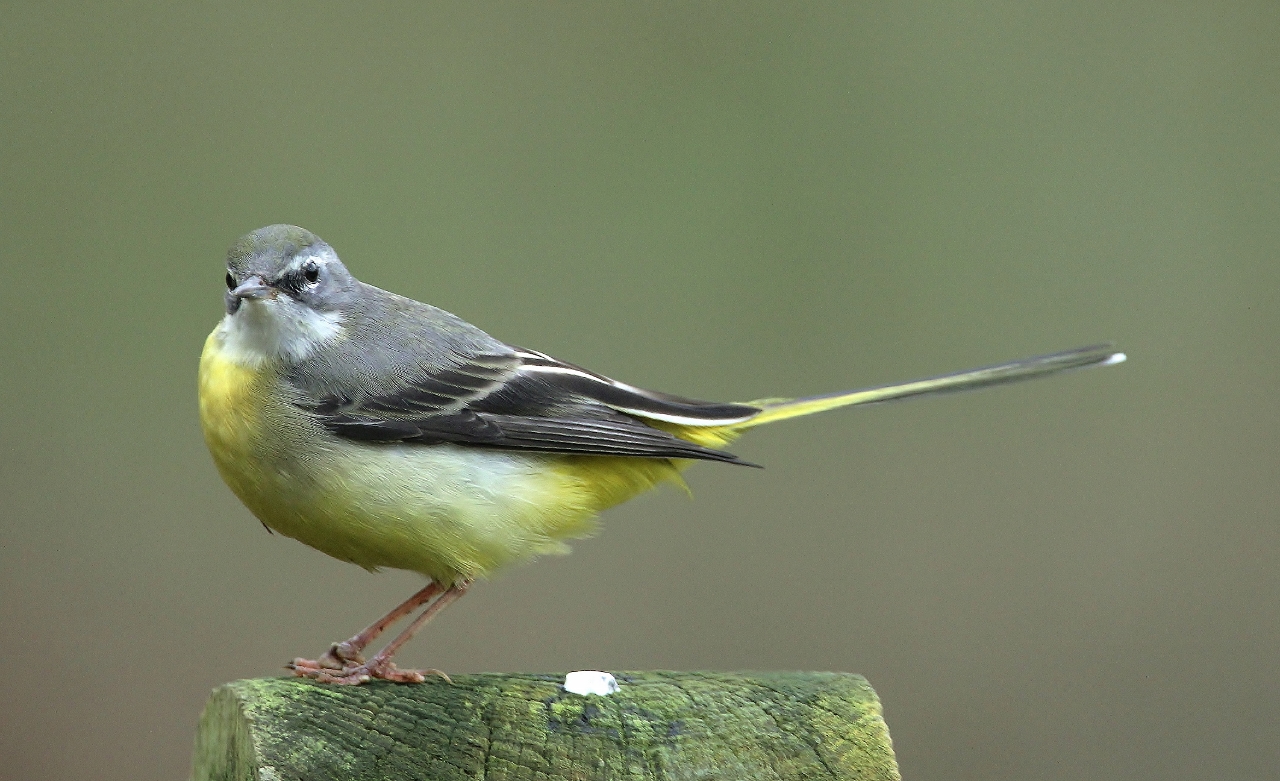

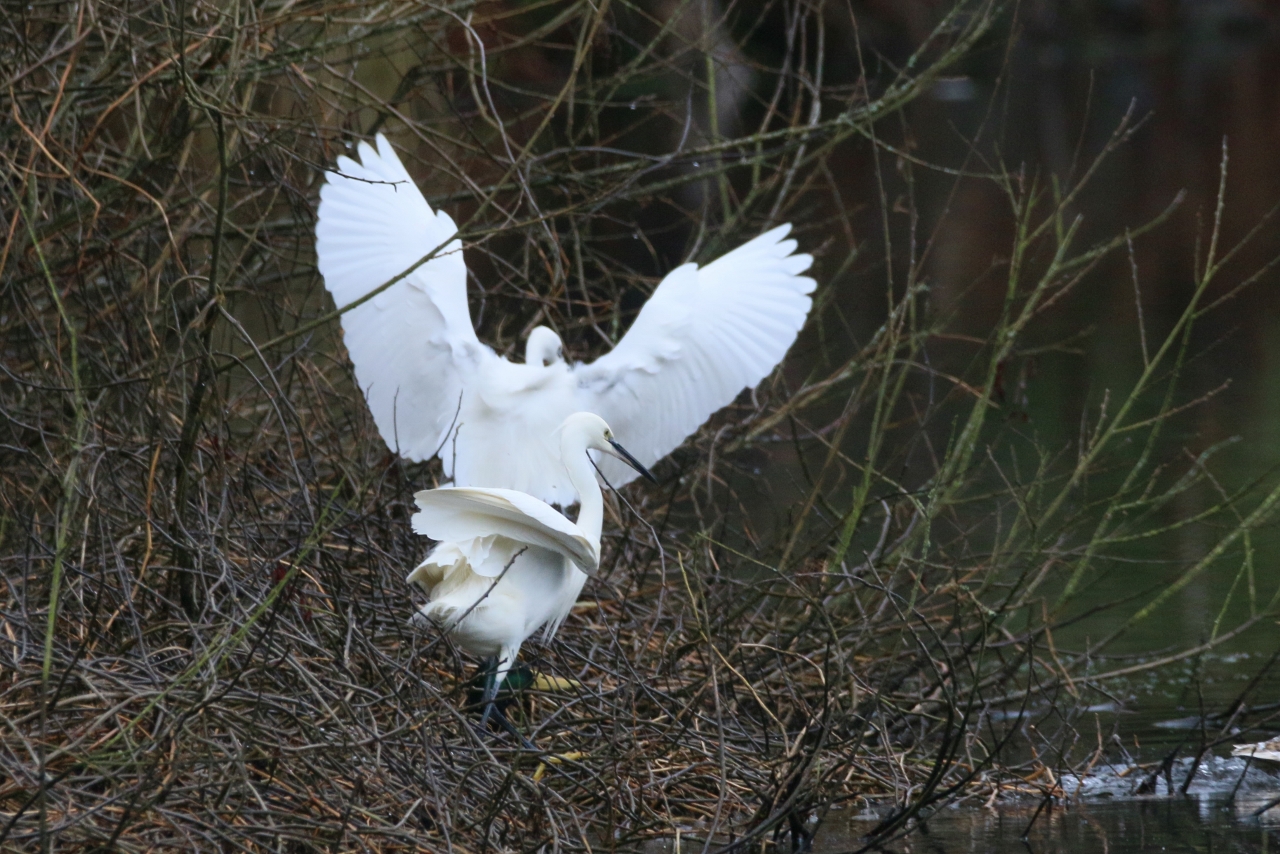
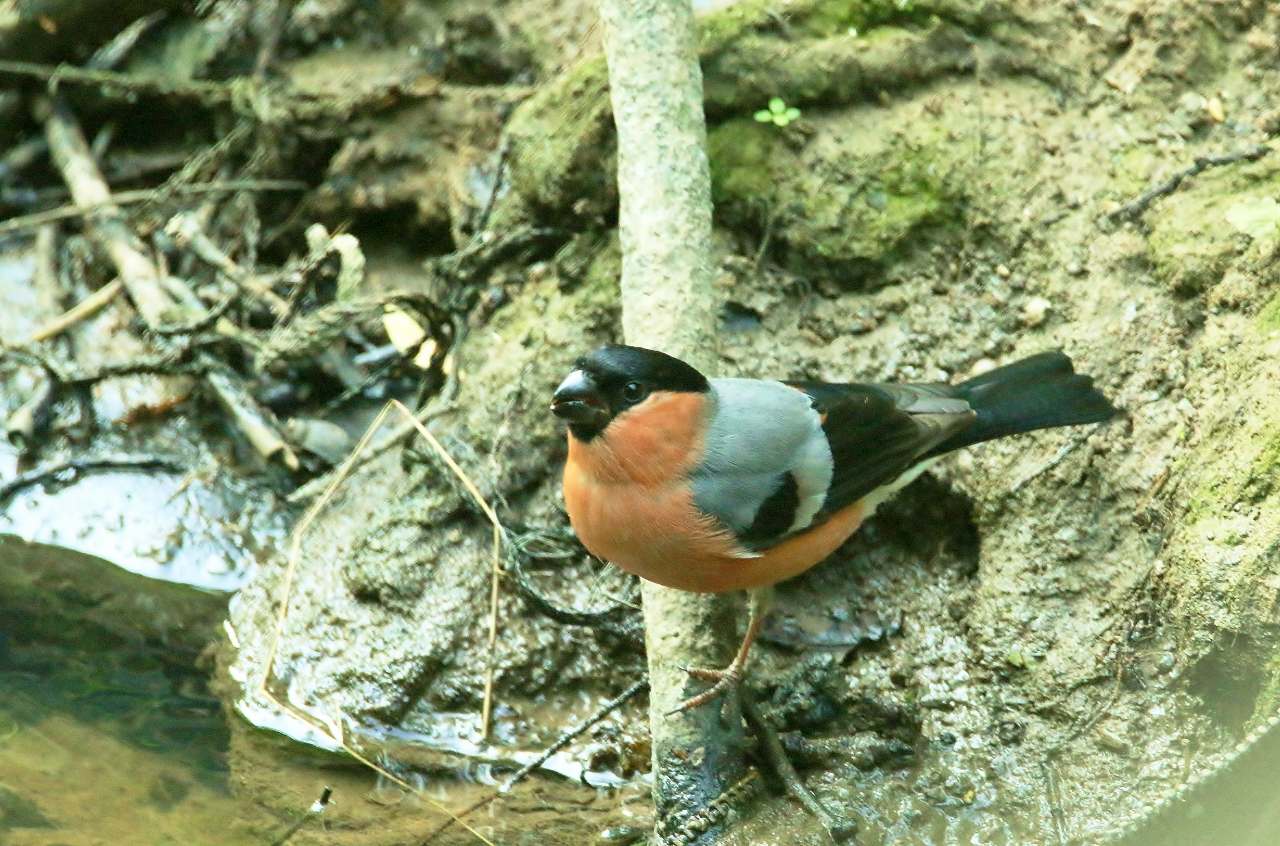
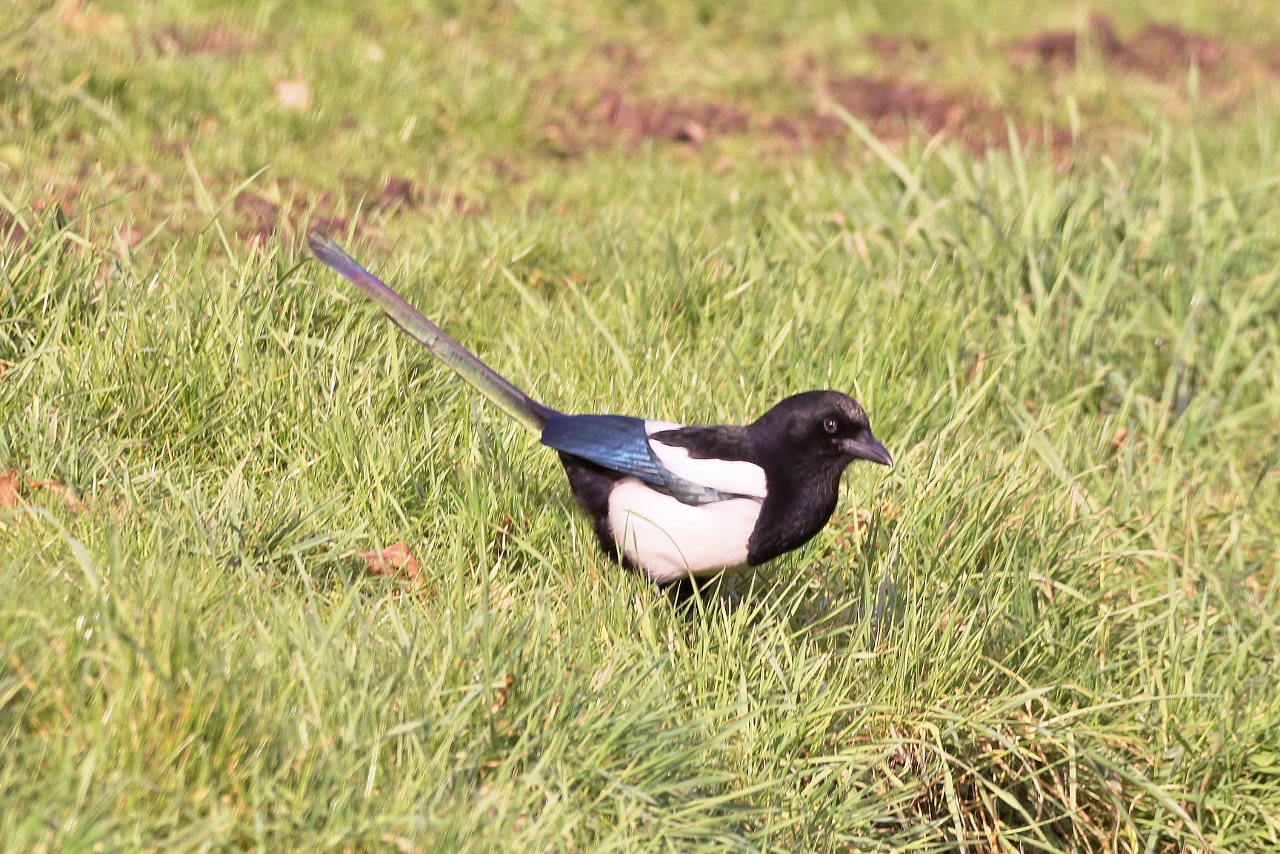
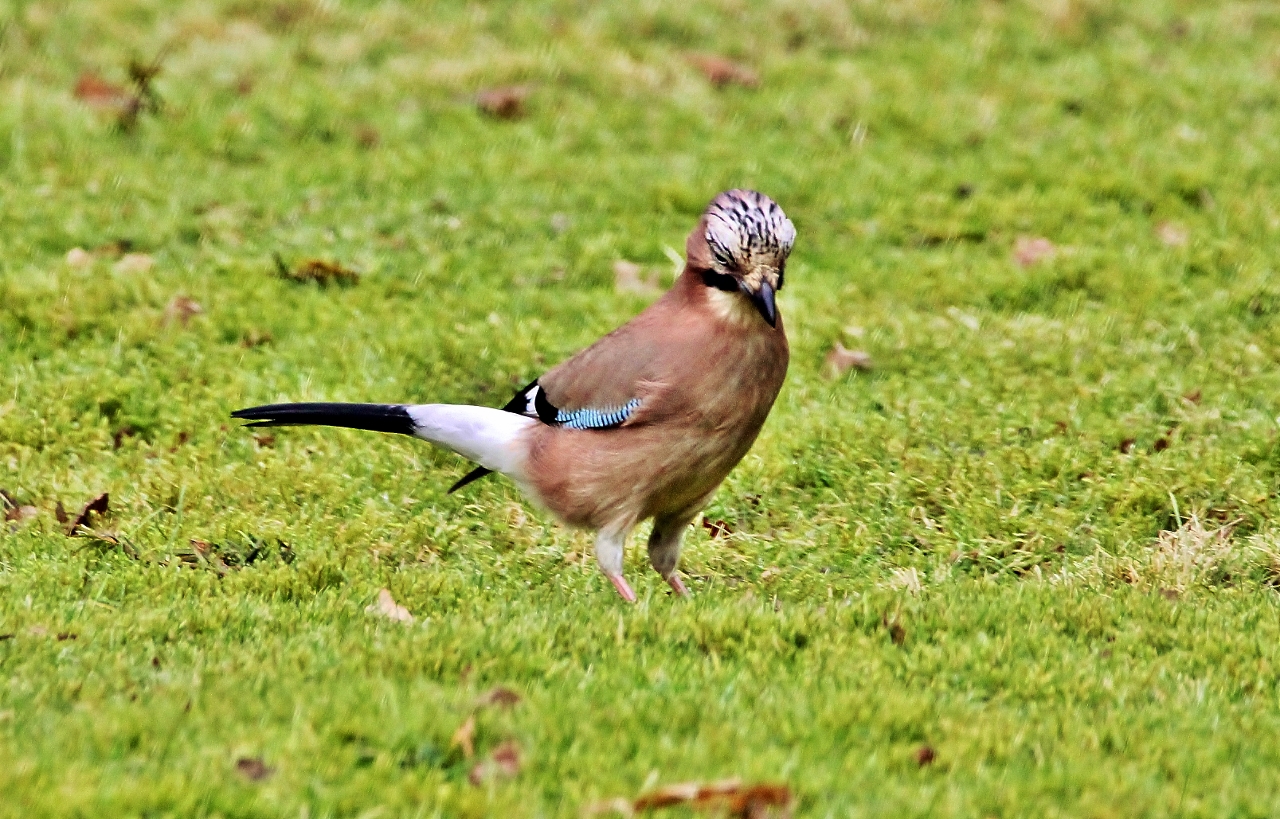

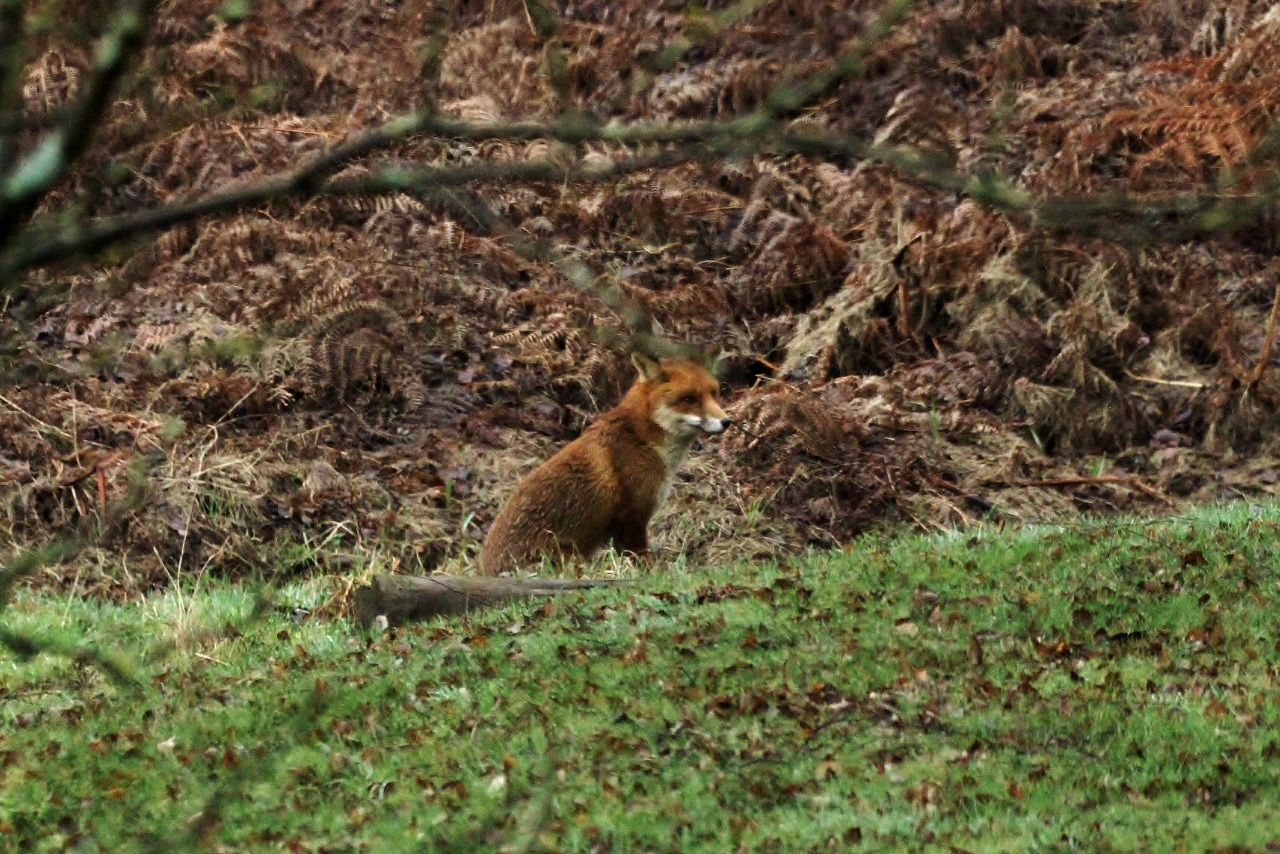

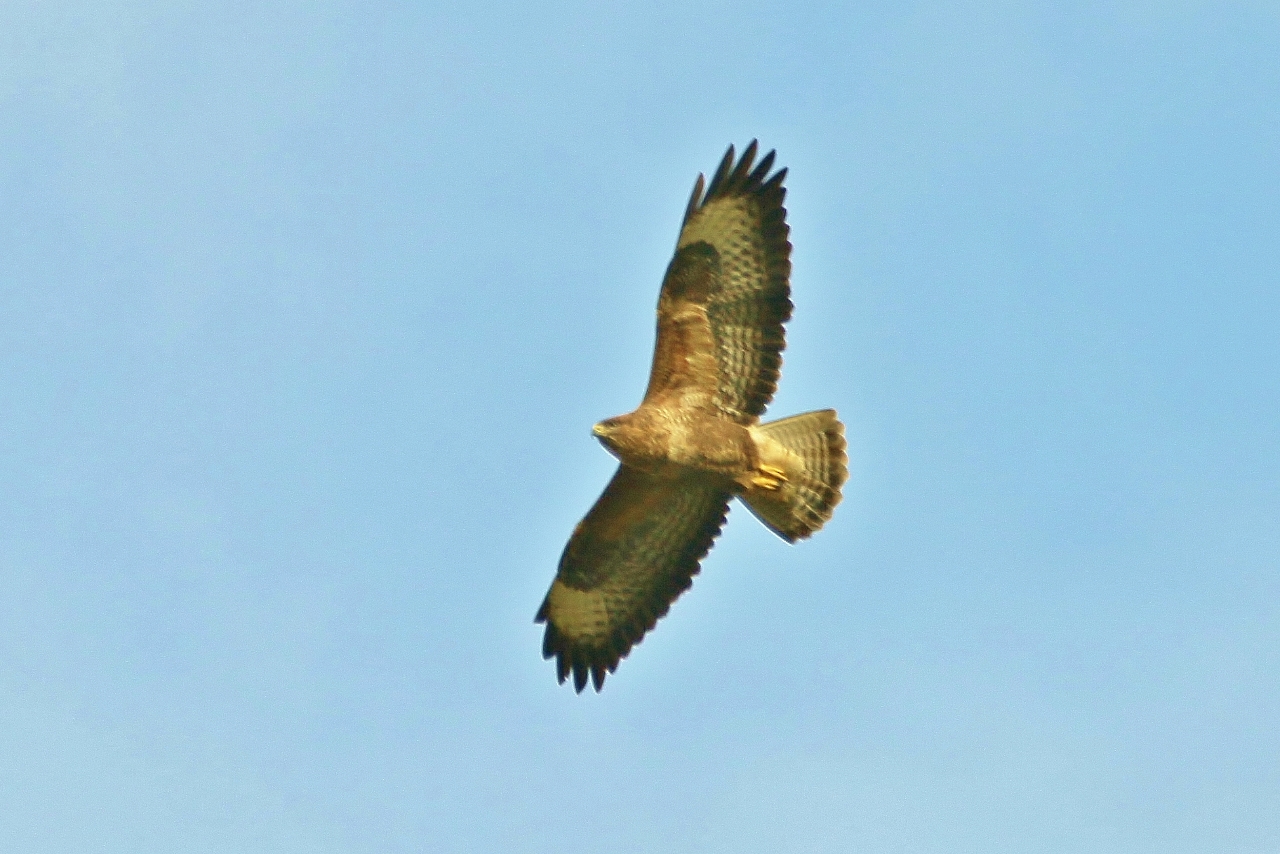







Lisa Wright
February 20, 2017 at 9:56 pm
Lovely pictures.
I worry about the early butterflies, we saw a peacock the other day and I wondered what it was going to eat!
Tina Fincham
March 6, 2017 at 9:41 pm
Lovely pics, as always Mal. But the household chores still await you! X